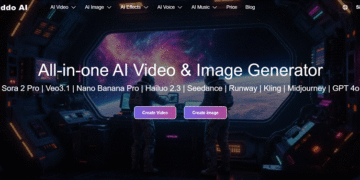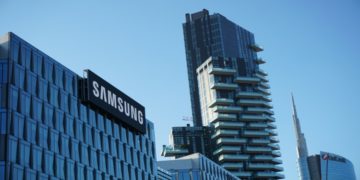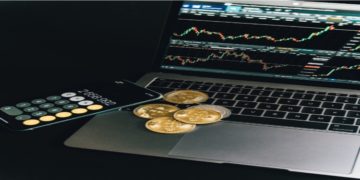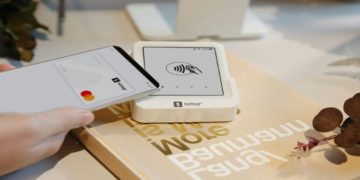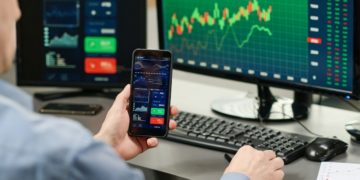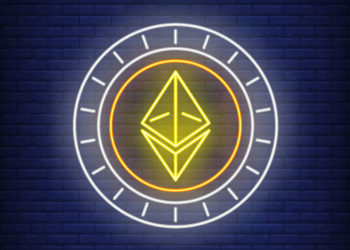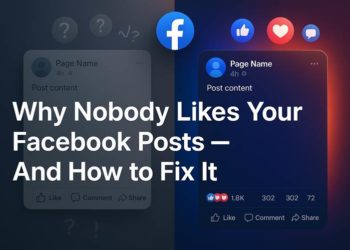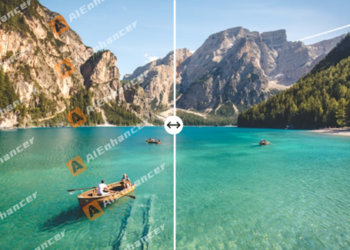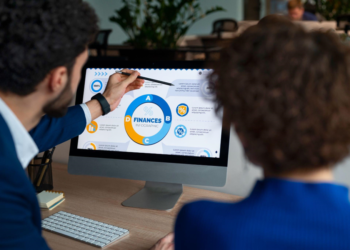In today’s fast-growing digital economy, creators have become powerful storytellers, brand advocates, and entrepreneurs. From influencers on social platforms to independent podcasters and writers, the creator economy has evolved far beyond simple collaborations. One key element driving this professional transformation is the modern media kit — a vital branding tool that bridges creativity with business opportunity.
As content creation continues to mature into a full-fledged industry, the media kit builder has emerged as a cornerstone of professional communication between creators and brands. Instead of informal proposals or scattered stats, today’s creators present data-driven, visually polished portfolios that clearly define their influence, audience, and value.
Why Media Kits Matter in the Modern Creator Economy
In the early days of influencer marketing, most brand deals were based on intuition or personal connections. A creator’s popularity or aesthetic appeal often outweighed measurable performance metrics. However, as marketing budgets grew and the industry demanded transparency, brands began to require concrete insights before investing in collaborations.
That’s where media kits reshaped the landscape. A modern media kit is more than a digital resume — it’s a visual representation of a creator’s brand identity, audience reach, engagement levels, and professional credibility.
By using a media kit builder, creators can now quickly generate sleek, data-rich portfolios that showcase real-time statistics, storytelling style, and past collaborations in one cohesive format. This shift has made partnership discussions more transparent and efficient for both creators and companies.
The Changing Dynamics of Creator-Brand Relationships
The relationship between creators and brands has evolved into a mutually beneficial partnership grounded in data and authenticity. Brands today no longer seek the largest following; they seek the most aligned voices — creators whose audiences genuinely connect with their message.
Modern brands want measurable ROI, while creators want autonomy and fair compensation. The result is a new professional standard where media kits serve as the foundation of trust. They allow creators to present themselves not just as influencers, but as strategic partners who understand marketing goals and audience psychology.
This balance of creativity and professionalism reflects how the digital creator space has matured — moving from spontaneous collaborations to structured, scalable partnerships.
Industry Trends Shaping Media Kit Innovation
The rapid expansion of the creator economy has pushed innovation in how creators represent themselves. Three key trends are shaping the next generation of media kits:
- Data-Driven Transparency
Analytics now sit at the heart of every creator’s brand pitch. Media kits include metrics like engagement rate, audience demographics, and post performance — all updated dynamically. The ability to automatically sync insights from multiple platforms has made data integration an industry expectation. - Design as Strategy
With aesthetics becoming a brand signature, creators use design-driven media kit builder tools that let them express their unique personality through layout and visuals. A well-designed kit instantly communicates professionalism, helping creators stand out in competitive markets. - Personalization for Niche Brands
As more micro- and nano-influencers enter the scene, personalization has become key. Media kits are now customized to highlight niche expertise, such as sustainable fashion, tech reviews, or culinary storytelling.
To see media kit examples from top creators, it’s clear that design and narrative tone are just as influential as audience size when attracting brand collaborations.
How Media Kit Builders Empower Creators
Media kit builders have transformed what used to be a time-consuming manual process into a streamlined experience. Instead of assembling spreadsheets, screenshots, and presentations, creators can now generate professional-grade portfolios in minutes.
These digital tools are designed to keep up with the pace of the creator economy — automatically updating audience data, allowing visual customization, and exporting presentation-ready media kits that align with brand expectations.
The rise of the media kit builder is part of a broader trend toward creator empowerment. Just as platforms have democratized publishing, these builders are democratizing brand collaboration — giving every creator, regardless of size, the ability to present their work in a professional and compelling format.
The New Standard for Professionalism in the Creator Economy
The shift toward structured communication between brands and creators reflects a broader professionalization of the creator industry. Brands no longer view collaborations as one-off campaigns; they see them as long-term relationships built on mutual understanding and shared values.
For creators, a media kit is no longer optional — it’s a mark of credibility. A well-structured kit reflects attention to detail, brand consistency, and business acumen — qualities that brands now expect. It signals that the creator is ready to engage at a professional level, with clear goals and measurable outcomes.
By exploring digital resources where you can see media kit examples, emerging creators can better understand what professionalism looks like in action. This visual inspiration helps them refine their own presentation, aligning with industry expectations while staying true to their creative identity.
The Future of Media Kits in Brand Collaboration
As the creator economy continues to expand, the need for efficient, data-backed communication tools will only grow. Brands will increasingly seek creators who can offer both creative authenticity and analytical clarity. Media kits, supported by powerful builder platforms, will remain central to this evolution.
In the near future, we may see AI-powered kits that automatically update audience insights, personalize pitches for each brand, and even predict campaign outcomes based on engagement patterns. The boundary between creativity and technology is blurring — and media kits are at the intersection of both.
Final Thoughts
The modern media kit builder represents more than a convenience tool — it’s a symbol of how far the creator economy has come. It empowers individuals to present themselves as professionals, backed by data, design, and storytelling.
As creators continue shaping the future of digital marketing, tools that enhance communication and transparency will remain vital. Media kits are no longer just documents; they are the new language of partnership between creators and brands.
By exploring and see media kit examples, both emerging and established creators can understand what works, refine their brand narrative, and confidently navigate this ever-evolving ecosystem where creativity meets commerce.

